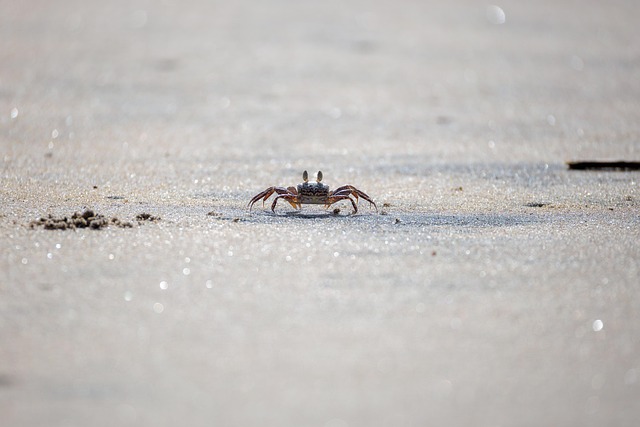Opossums in Brighton cause damage by tearing through property, leading to structural issues. Specialized humane trapping services address opossum problems, while beaver trapping and dam removal near Brighton restore local ecosystems, benefiting water quality, biodiversity, and natural processes.
“In the vibrant landscape of Brighton, the delicate balance between human habitation and wildlife harmony is paramount. This article explores critical aspects of wildlife control, focusing on opossum management. We delve into understanding these creatures’ behavior and their impact on properties, offering insights that promote safe interactions.
Additionally, we present effective trapping techniques and highlight the environmental benefits of beaver trapping and dam removal services near Brighton, contributing to the area’s ecological restoration.”
- Understanding Opossum Behavior and Their Impact on Properties
- Effective Trapping Techniques for Safe and Human Wildlife Interaction
- The Role of Dam Removal in Restoring Local Ecosystems Near Brighton
Understanding Opossum Behavior and Their Impact on Properties

Opossums, despite their cute appearance, can pose a significant challenge for property owners, especially in areas like Brighton where beaver trapping and dam removal services are often required. These creatures are known for their unique behavior, which includes a tendency to seek shelter in attics, walls, or other crevices. They are less aggressive than many believe, but their presence can lead to various issues.
Opossums have a reputation for carrying diseases, which is somewhat exaggerated, but it’s still an important concern. Their primary impact on properties is through damage caused by seeking food and shelter. They can tear through screens, windows, and doors in search of entry points. Furthermore, their habits of storing food in walls or attics can result in extensive debris buildup, potentially leading to structural damage over time. Understanding these behaviors is crucial for effective wildlife control measures in the Brighton area, where professionals offer specialized services tailored to address opossum-related problems, including beaver trapping and dam removal when necessary.
Effective Trapping Techniques for Safe and Human Wildlife Interaction

In the context of wildlife control, particularly with opossums, effective trapping techniques are crucial for ensuring safe interactions between humans and wildlife. One of the key strategies involves using specialized traps designed to capture opossums humanely, minimizing stress and injury to both the animal and the trapper. These traps should be checked regularly to prevent prolonged captivity, which can lead to unnecessary distress.
For areas near Brighton, such as those with beaver populations, trapping and dam removal services are essential components of ecosystem management. Professional services in beaver trapping and dam removal ensure that these activities are conducted humanely and efficiently, maintaining the balance of local ecosystems while addressing issues related to beaver activity. This approach supports a harmonious coexistence between humans and wildlife, preserving both natural landscapes and residential areas alike, especially in regions where beavers have established populations near urban or suburban settings.
The Role of Dam Removal in Restoring Local Ecosystems Near Brighton

In recent years, the focus on ecological restoration in areas surrounding Brighton has brought attention to the impact of beaver trapping and dam removal services. Local ecosystems, once disrupted by human activities, are now benefiting from these initiatives aimed at returning balance to the natural order. The presence of beavers and their dams plays a crucial role in shaping aquatic habitats, influencing water flow patterns, and creating diverse environments that support a wide range of wildlife.
By implementing beaver trapping and subsequently removing their dams, conservationists near Brighton are facilitating the regeneration of these ecosystems. This process allows for improved water quality, enhanced biodiversity, and the re-establishment of natural hydrological processes. Such efforts not only contribute to the overall health of local ecosystems but also serve as a testament to the power of collaborative conservation efforts in restoring and preserving nature’s intricate tapestry.
In conclusion, understanding opossum behavior and implementing safe trapping techniques are essential steps towards harmonious coexistence with these creatures. The successful restoration of local ecosystems near Brighton through beaver trapping and dam removal services highlights the positive impact on the environment when human efforts align with wildlife management. By adopting these practices, we can ensure a balanced ecosystem while mitigating property damage caused by opossums, ultimately creating a more peaceful shared space for both humans and wildlife in the Brighton area.
